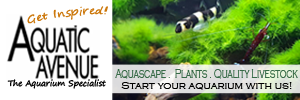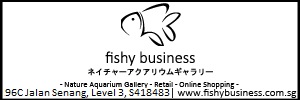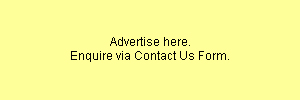Looks like you have most of the items to setup thew tank... just need to get a bottle of good quality dechlorinator solution (ie. Seachem Prime) to make the tap water safe for usage in your tank. You will also need a good lightset to provide sufficient light to grow the plants too, check out the various T5 or LED lights available at your favorite LFS, get those that are designed to be used on planted tanks.
In addition, a basic set of tests kits would be very useful (ie. API Freshwater Master Test Kit). The test kits will enable you to measure the pH, ammonia, nitrite, nitrates to make sure they are at safe levels.
As for plants, go for low-demand easy plants for a start (preferably the fast growing types as they can soak up excess nutrients quicker), you can refer to the Tropica website for some reference (check the "easy" category): http://tropica.com/en/plants/?tabIndex=1&alias=Easy
Cycling a tank basically means allowing the naturally occurring beneficial bacteria to colonize and grow in the tank and filter bio-media surfaces, these beneficial bacteria will work to convert ammonia (which is toxic to fishes and shrimps) to nitrite (still toxic) to nitrate (less toxic and can be easily used by plants for growth). This process can take many weeks, sometimes even months to achieve a stable beneficial bacteria population.
If a tank is not cycled, as the fishes and shrimps are constantly producing ammonia from their waste, any ammonia that is not converted in time will build up to toxic levels and harm the livestock. Therefore maintaining a strong effective colony of beneficial bacteria is important for a healthy tank environment.
There are various ways to cycle a tank:
For aquariums using active soil substrates (ie. ADA Amazonia aquasoil), the soil itself will release lots of nutrients and ammonia initially (for boosting plant growth), so that will also feed the beneficial bacterial and allow them to multiple and grow. Usually the only thing to do in such setups is just to let the tank cycle on its own and wait until ammonia and nitrite levels drop to zero, and only nitrates show readings, which would indicate that the tank is cycled.
For aquariums using inert substrates like gravel or sand (or no substrate at all), there will need to be ammonia source to feed the beneficial bacteria growth, so there are methods like dosing ammonia solutions or tossing in fish food which decompose and generate the ammonia.
An alternative is to cycle the tank with "livestock in" method, this means the fishes or shrimps will be ones generating the ammonia to grow the initial colonies of beneficial bacteria. This is a more "traditional" method and requires much more care and attention to ensure that the livestock are not harmed in the process. Note that there is a much higher chance for the livestock to die due to the fluctuating parameters during the cycling process, so it best not to try this with expensive or more sensitive fishes or shrimps.
If you want to use this method for a shrimp tank, you would only introduce the livestock in slowly at very small quantities in progressive stages (ie. a few shrimps every week, so that the bio-load is only increased slightly each time), this helps to allow the tank's beneficial bacteria more time to grow and handle the ammonia production at each stage of livestock introduction. Care must be taken not to introduce too many livestock at the same time or else the still-developing beneficial bacteria will be overwhelmed and ammonia starts to quickly accumulate to toxic levels. Use the test kits to check the water parameters and ensure that the cycle is on track.
Hopefully that helps!










 Reply With Quote
Reply With Quote


Bookmarks